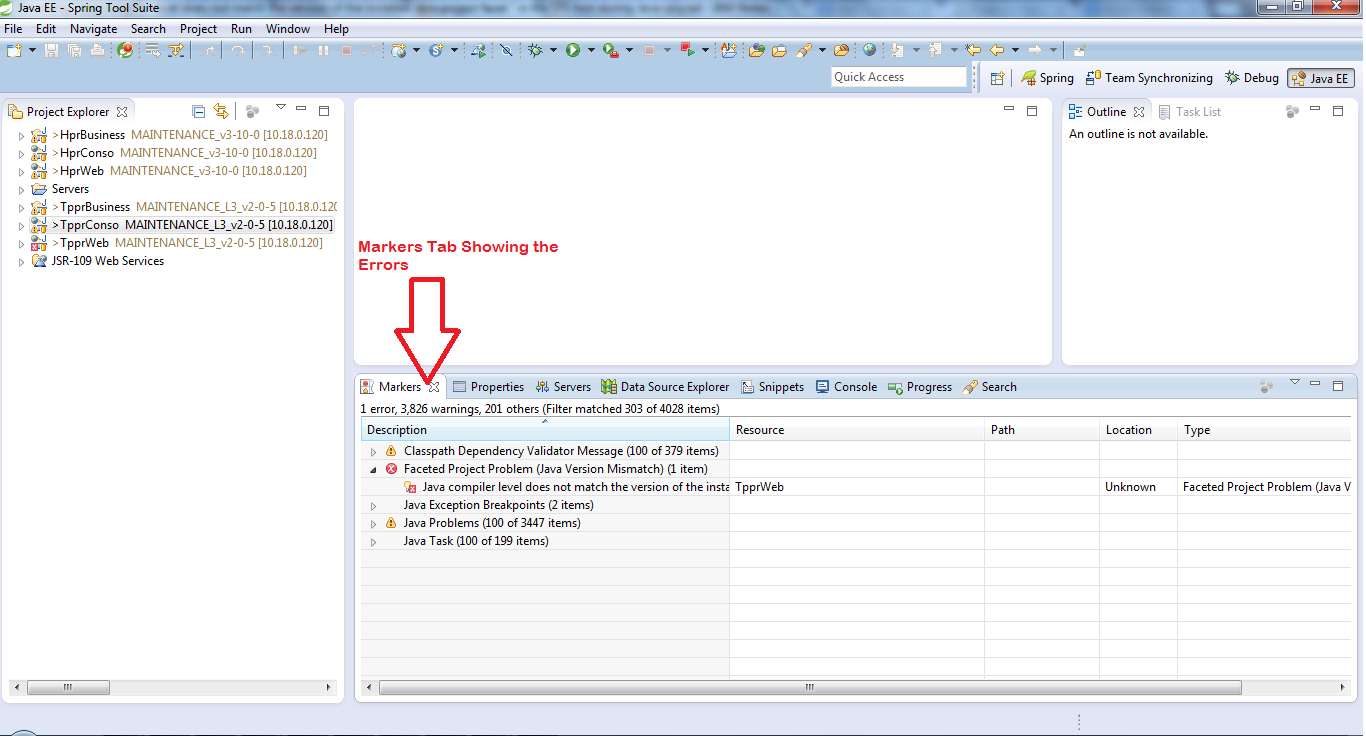Java Performance Checklist
• Specify the required
performance.
- Ensure performance objectives are clear.
- Specify target response times for as much of the system as possible.
- Specify all variations in benchmarks, including expected response ranges (e.g., 80% of responses for X must fall within 3 seconds).
- Include benchmarks for the full range of scaling expected (e.g., low to high numbers of users, data, files, file sizes, objects, etc.).
- Specify and use a benchmark suite based on real user behavior. This is particularly important for multi-user benchmarks.
- Agree on all target times with users, customers, managers, etc., before tuning.
• Make your benchmarks long
enough: over five seconds is a good target.
- Use elapsed time (wall-clock time) for the primary time measurements.
- Ensure the benchmark harness does not interfere with the performance of the application.
- Run benchmarks before starting tuning, and again after each tuning exercise.
- Take care that you are not measuring artificial situations, such as full caches containing exactly the data needed for the test.
• Break down distributed
application measurements into components, transfer layers, and network transfer times.
• Tune systematically: understand
what affects the performance; define targets; tune; monitor and redefine
targets when necessary.
- Approach tuning scientifically: measure performance; identify bottlenecks; hypothesize on causes; test hypothesis; make changes; measure improved performance.
- Determine which resources are limiting performance: CPU, memory, or I/O.
- Accurately identify the causes of the performance problems before trying to tune them.
- Use the strategy of identifying the main bottlenecks, fixing the easiest, then repeating.
- Don't tune what does not need tuning. Avoid "fixing" non-bottlenecked parts of the application.
- Measure that the tuning exercise has improved speed.
- Target one bottleneck at a time. The application running characteristics can change after each alteration.
- Improve a CPU limitation with faster code and better algorithms, and fewer short-lived objects.
- Improve a system-memory limitation by using fewer objects or smaller long-lived objects.
- Improve I/O limitations by targeted redesigns or speeding up I/O, perhaps by multi-threading the I/O.
• Work with user expectations to
provide the appearance of better performance.
- Hold back releasing tuning improvements until there is at least a 20% improvement in response times.
- Avoid giving users a false expectation that a task will be finished sooner than it will.
- Reduce the variation in response times. Bear in mind that users perceive the mean response time as the actual 90th percentile value of the response times.
- Keep the user interface responsive at all times.
- Aim to always give user feedback. The interface should not be dead for more than two seconds when carrying out tasks.
- Provide the ability to abort or carry on alternative tasks.
- Provide user-selectable tuning parameters where this makes sense.
- Use threads to separate out potentially blocking functions.
- Calculate "look-ahead" possibilities while the user response is awaited.
- Provide partial data for viewing as soon as possible, without waiting for all requested data to be received.
- Cache locally items that may be looked at again or recalculated.
• Quality-test the application
after any optimizations have been made.
• Document
optimizations fully in the code. Retain old code in comments.
